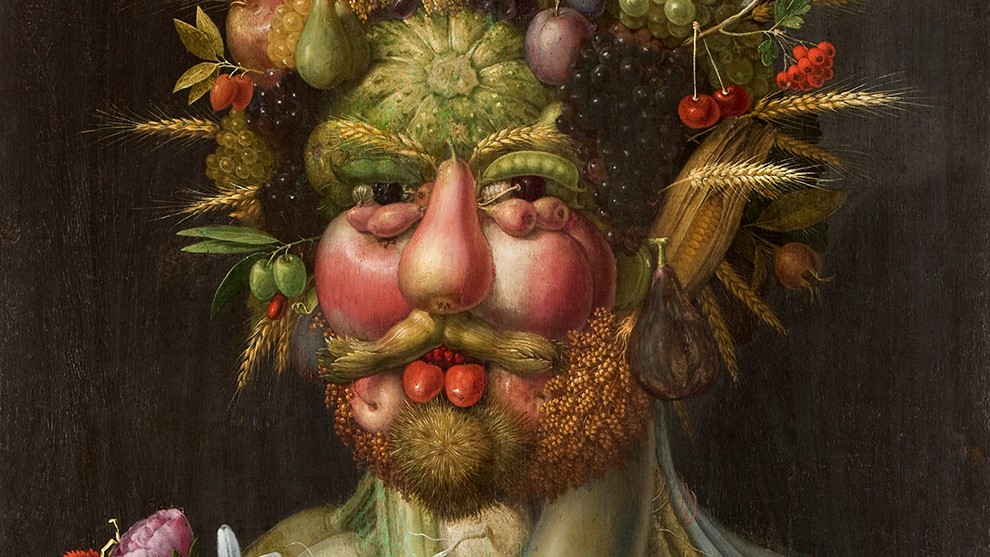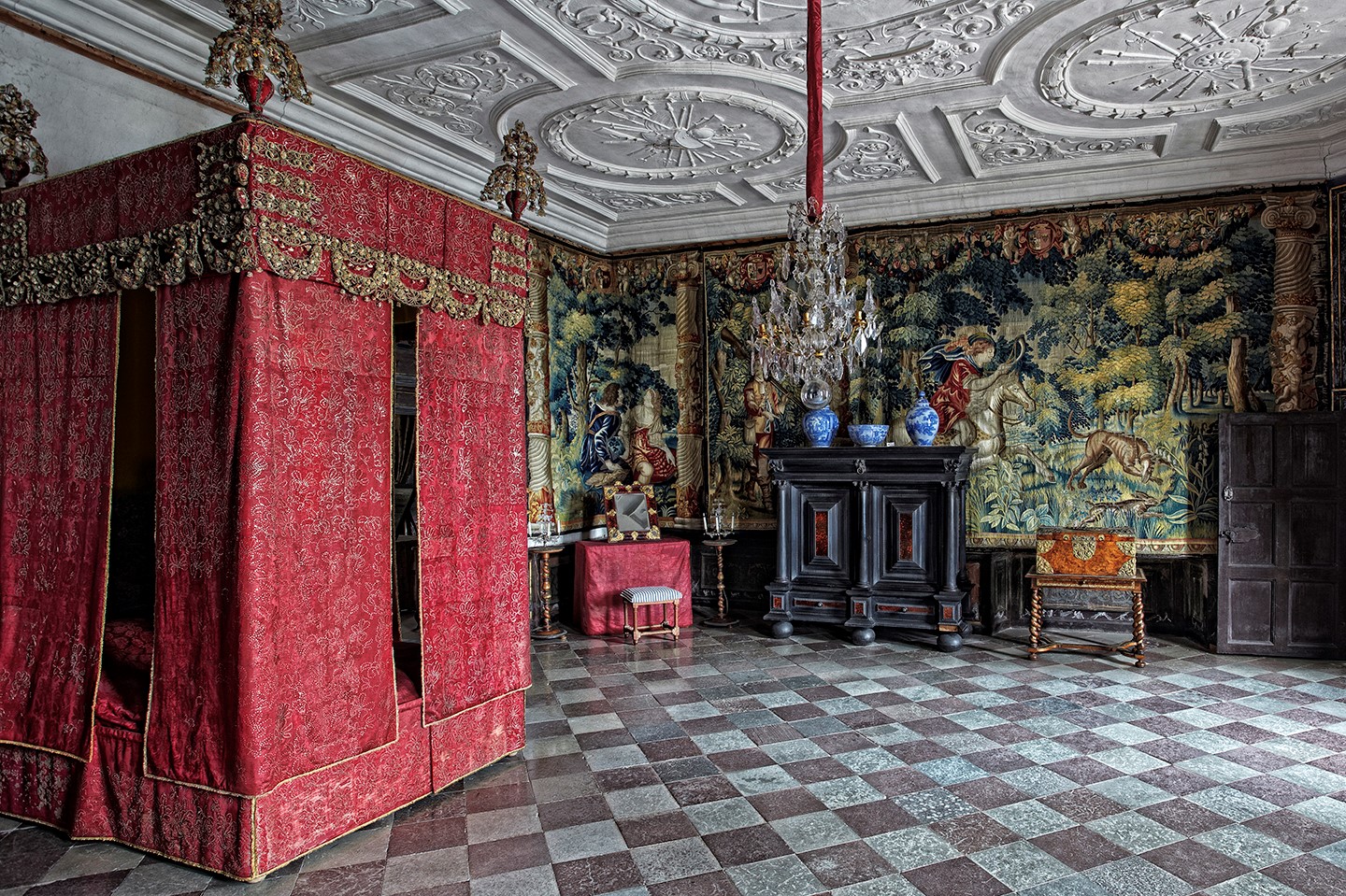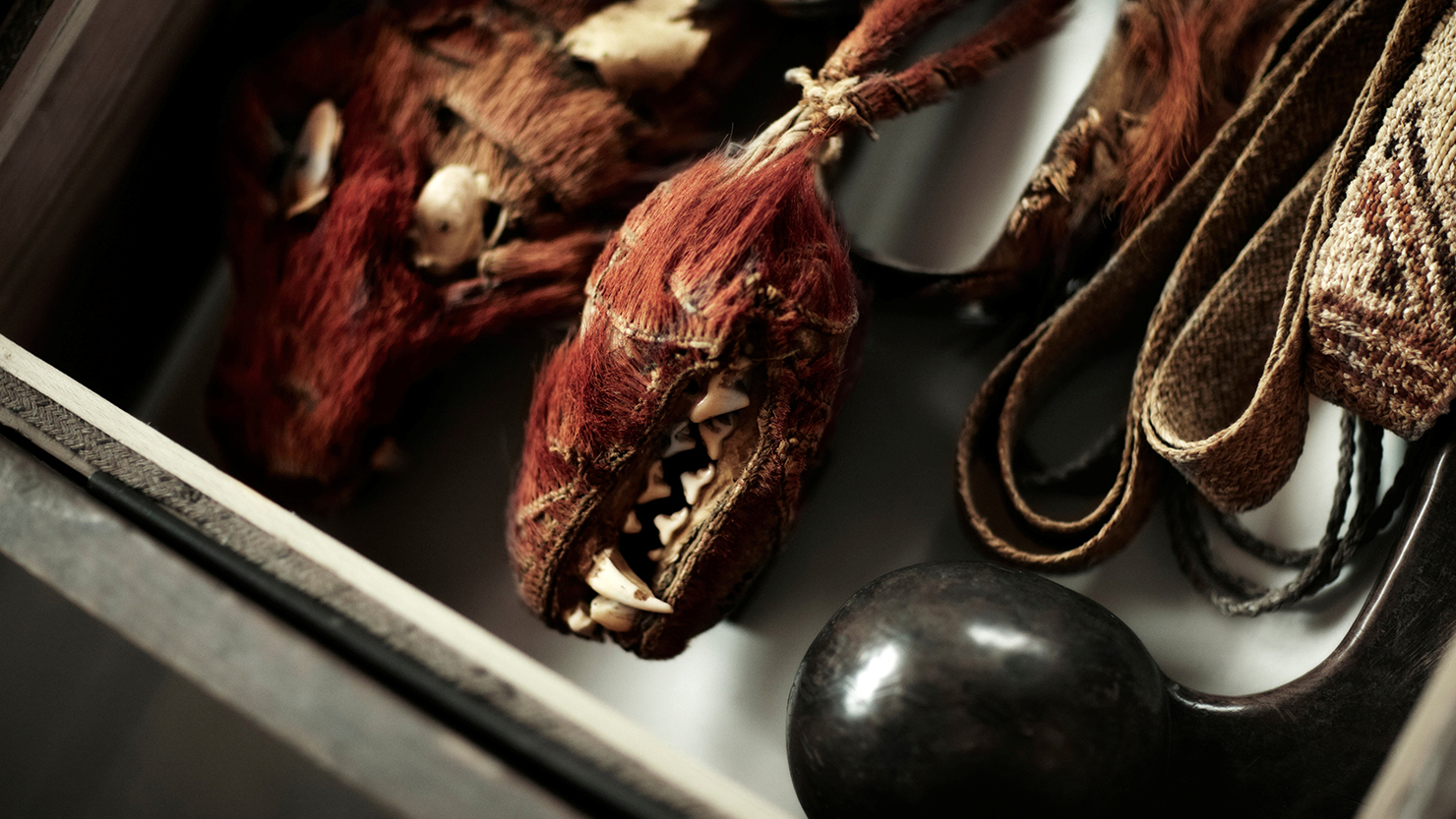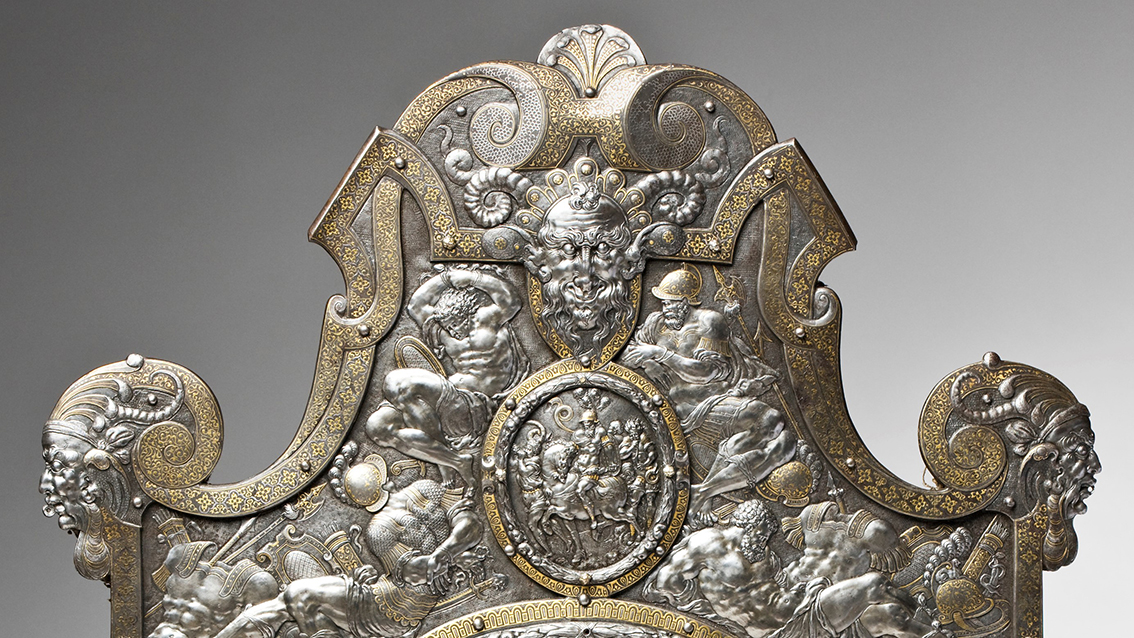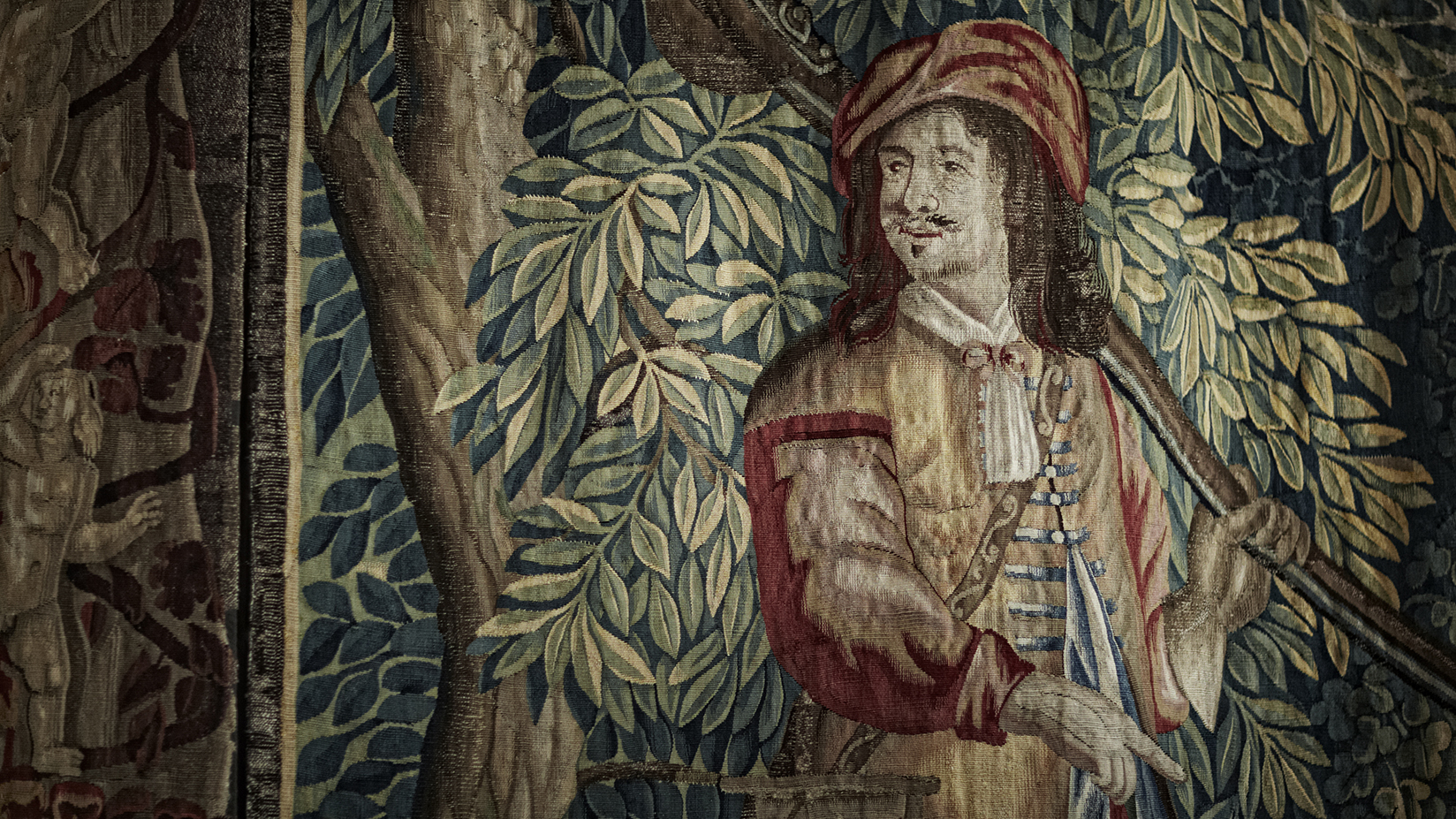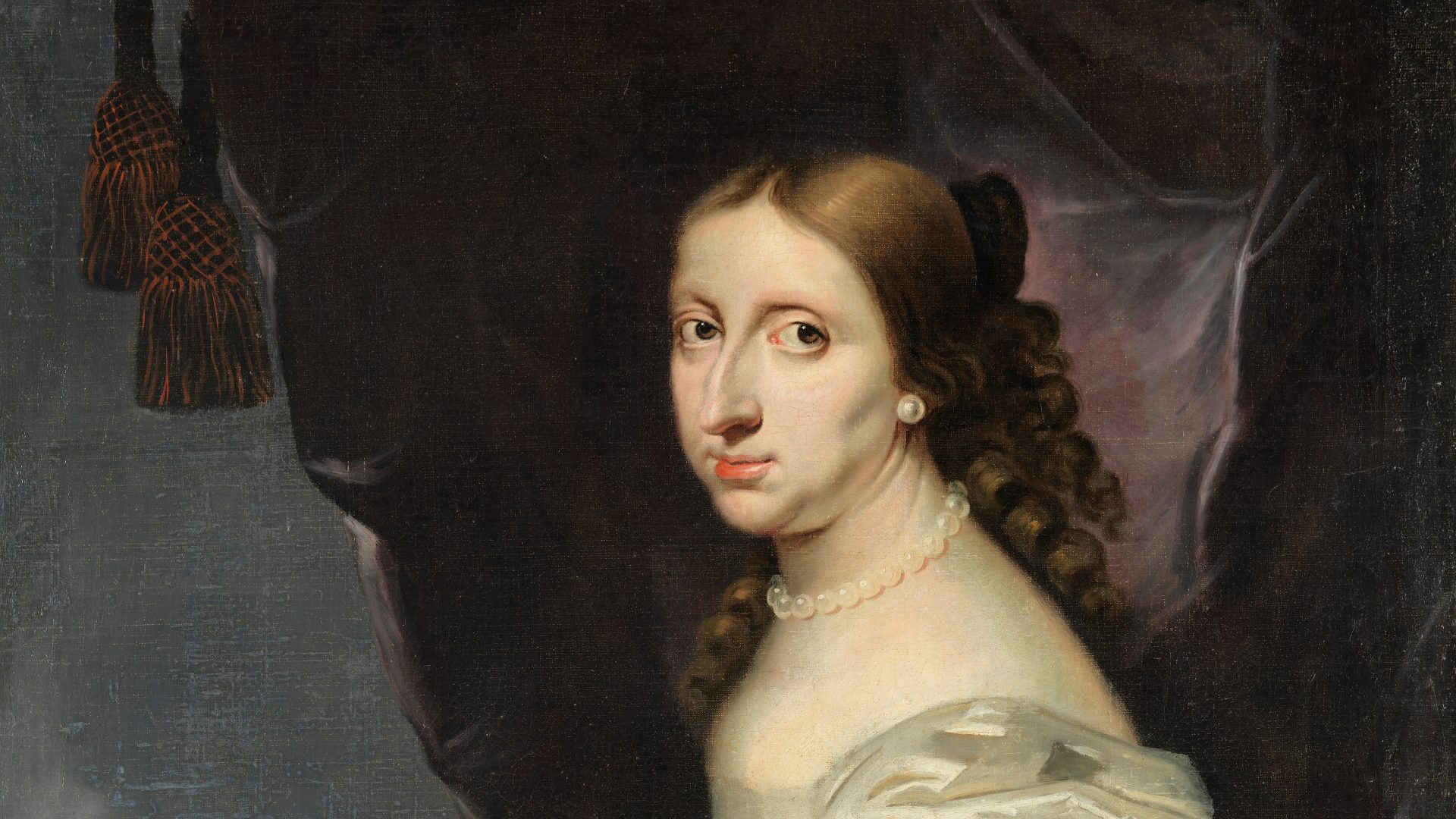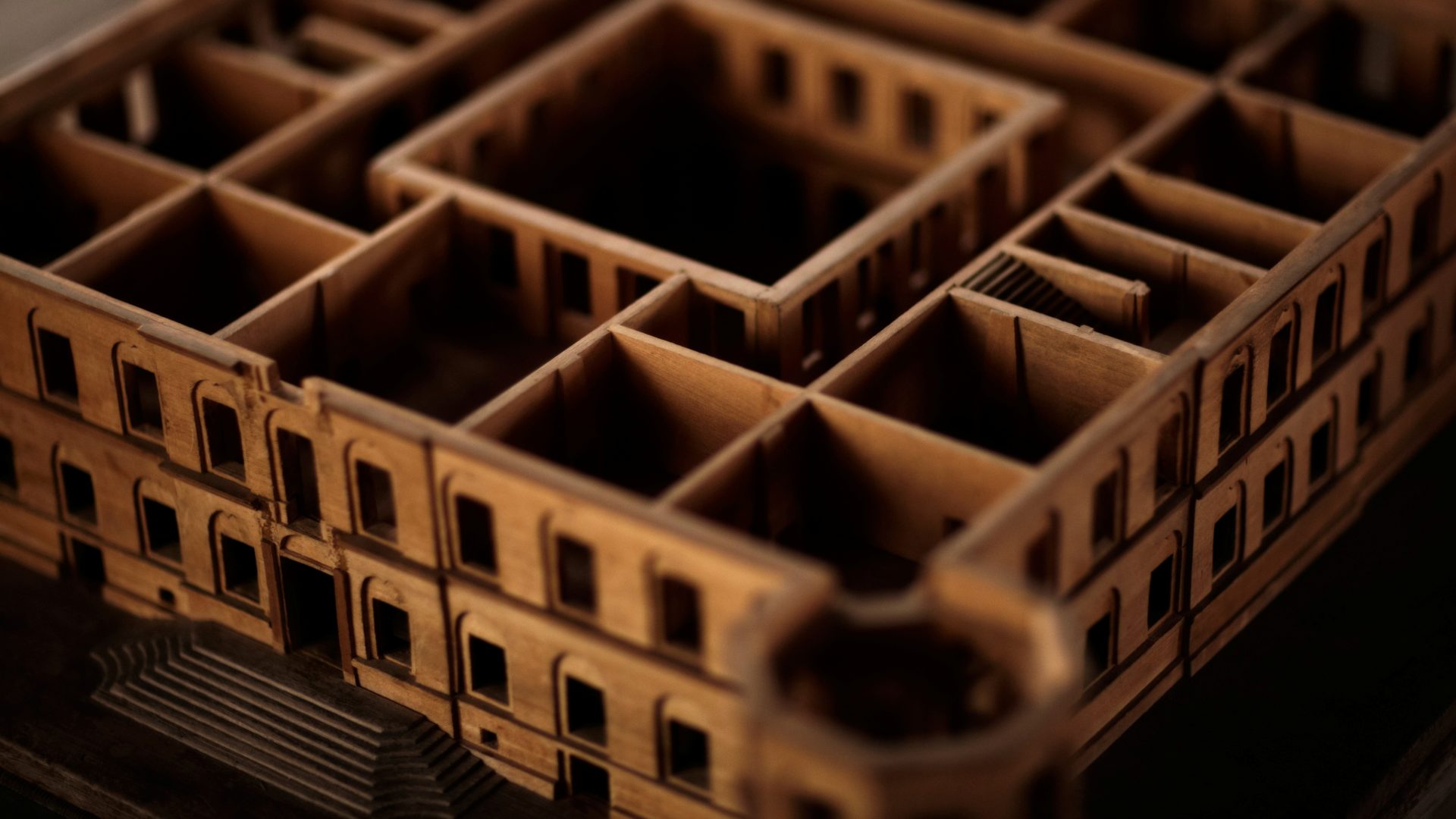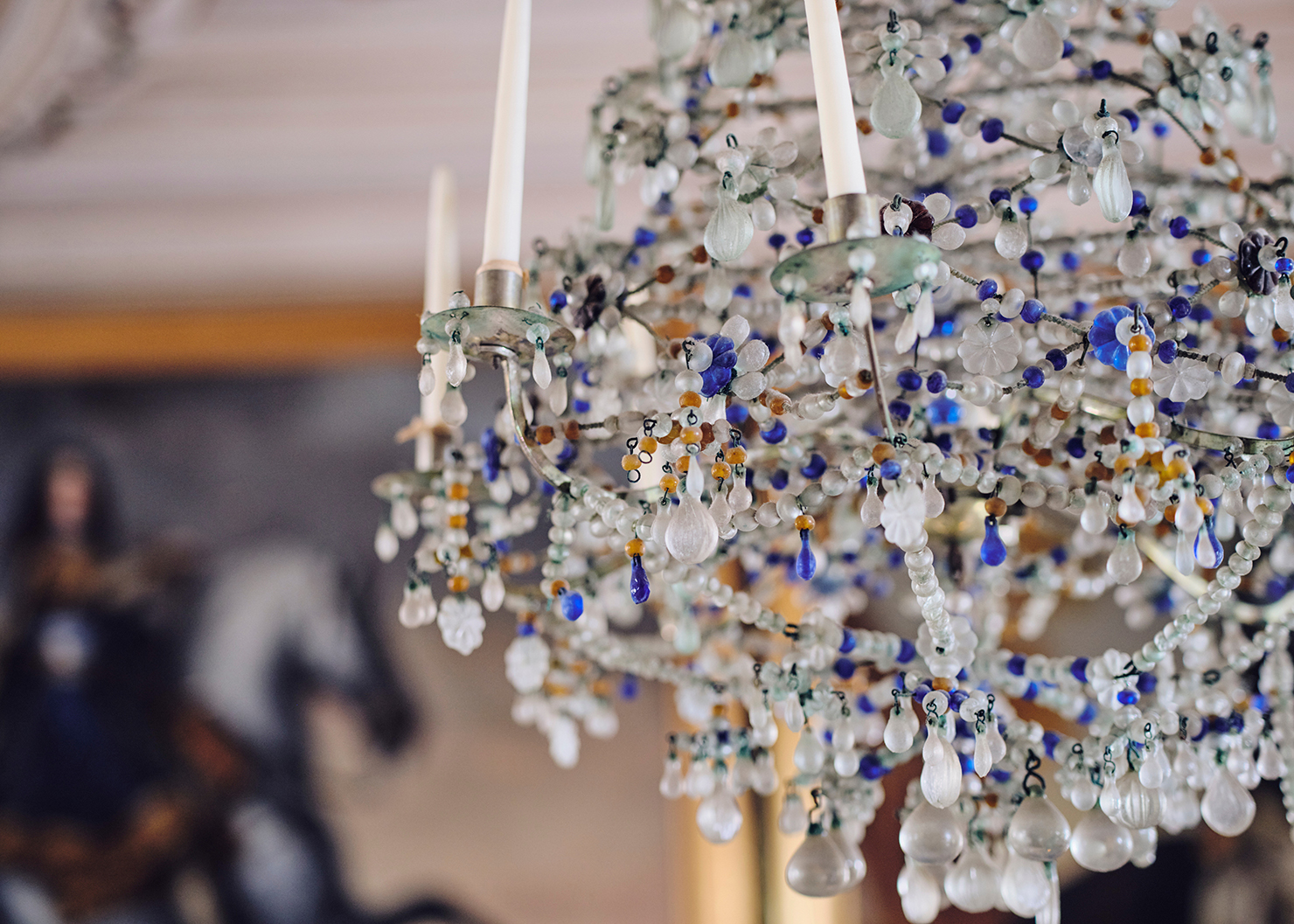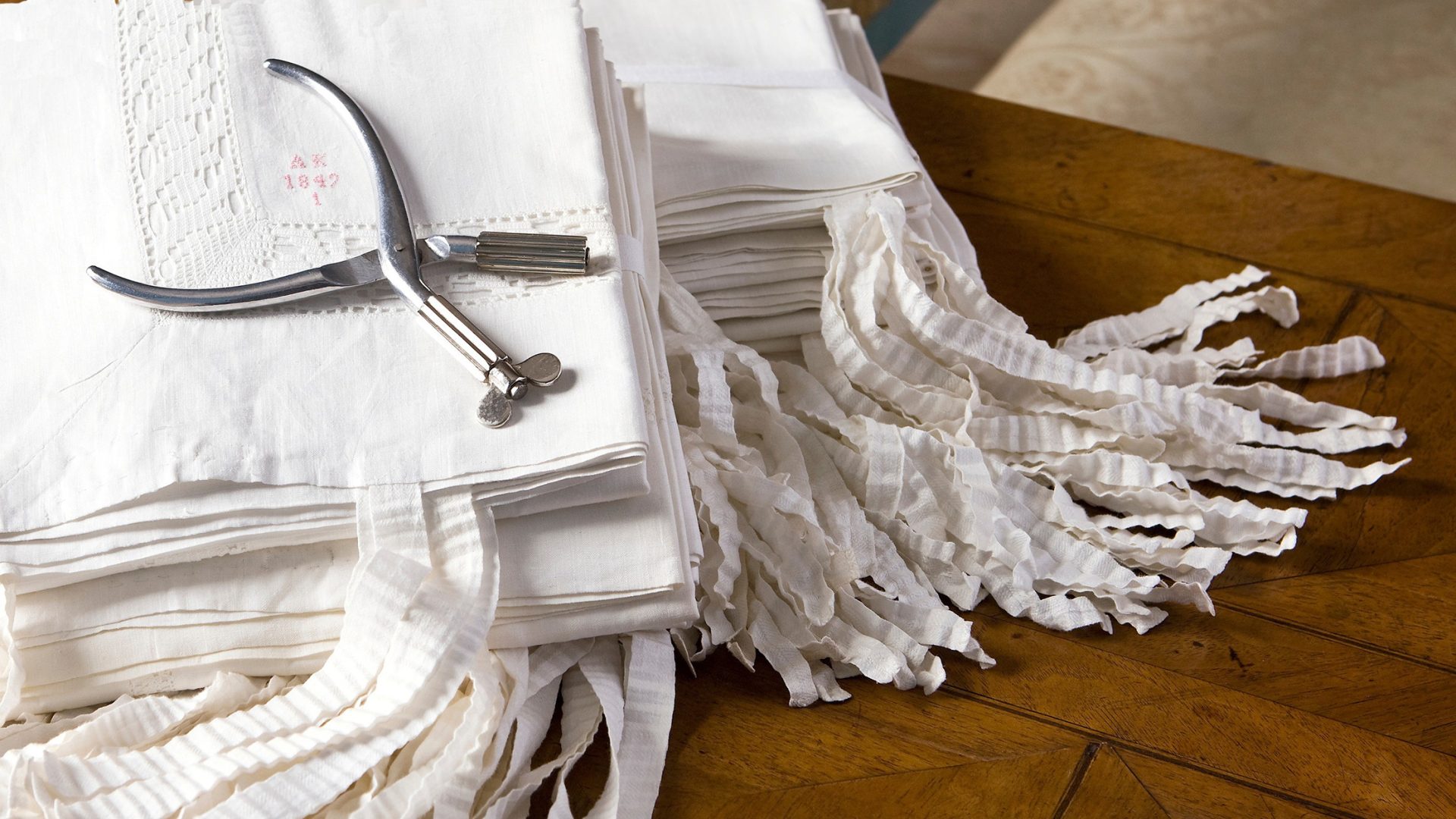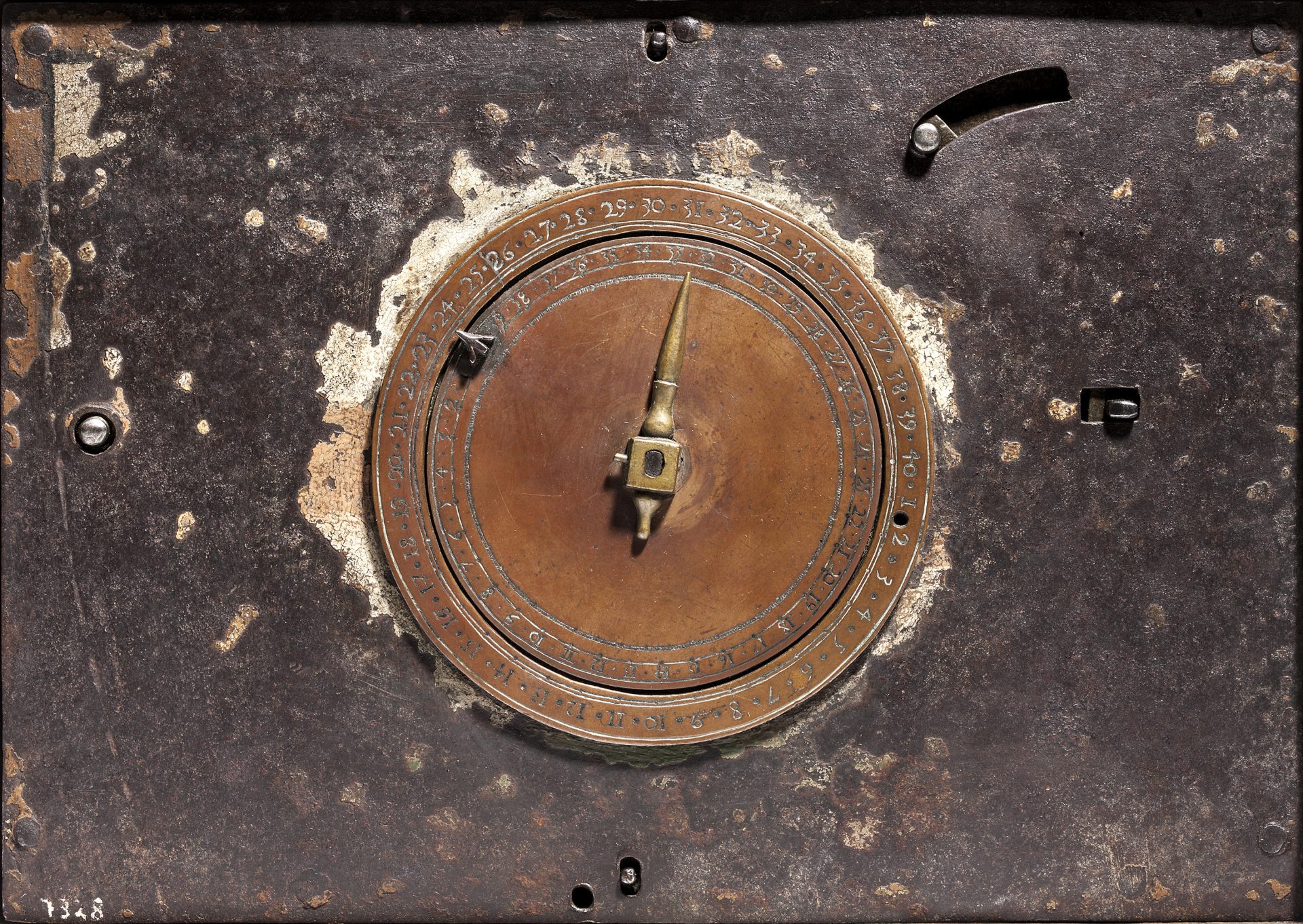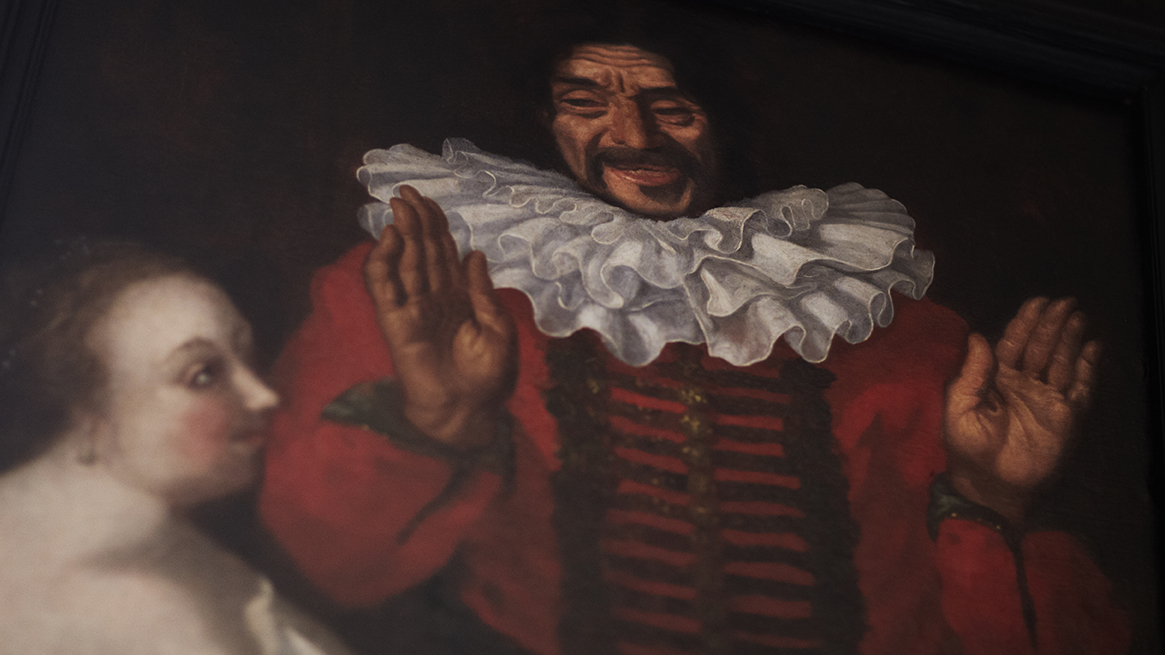
Portraits of servants
The jester Heinrich Hasenberger was one of them. Hasenberger’s task was to entertain his master and his guests. Often, he could also be an irritation to guests and the family. In 1651, Wrangel’s court painter David Klöcker painted a group of paintings with the court jester showing different moods.
Two of the portraits are at Skokloster, while one is in the National Museum. This is because the picture collection and many other artefacts were divided up after Wrangel’s death.
According to the ideas of the time, people consisted of four bodily fluids or humours: black bile, yellow bile, phlegm and blood. The humours had their corresponding moods: melancholic, choleric, phlegmatic and sanguine. The three surviving paintings depicted Hasenberger as phlegmatic, choleric and sanguine. This should mean that one is missing.
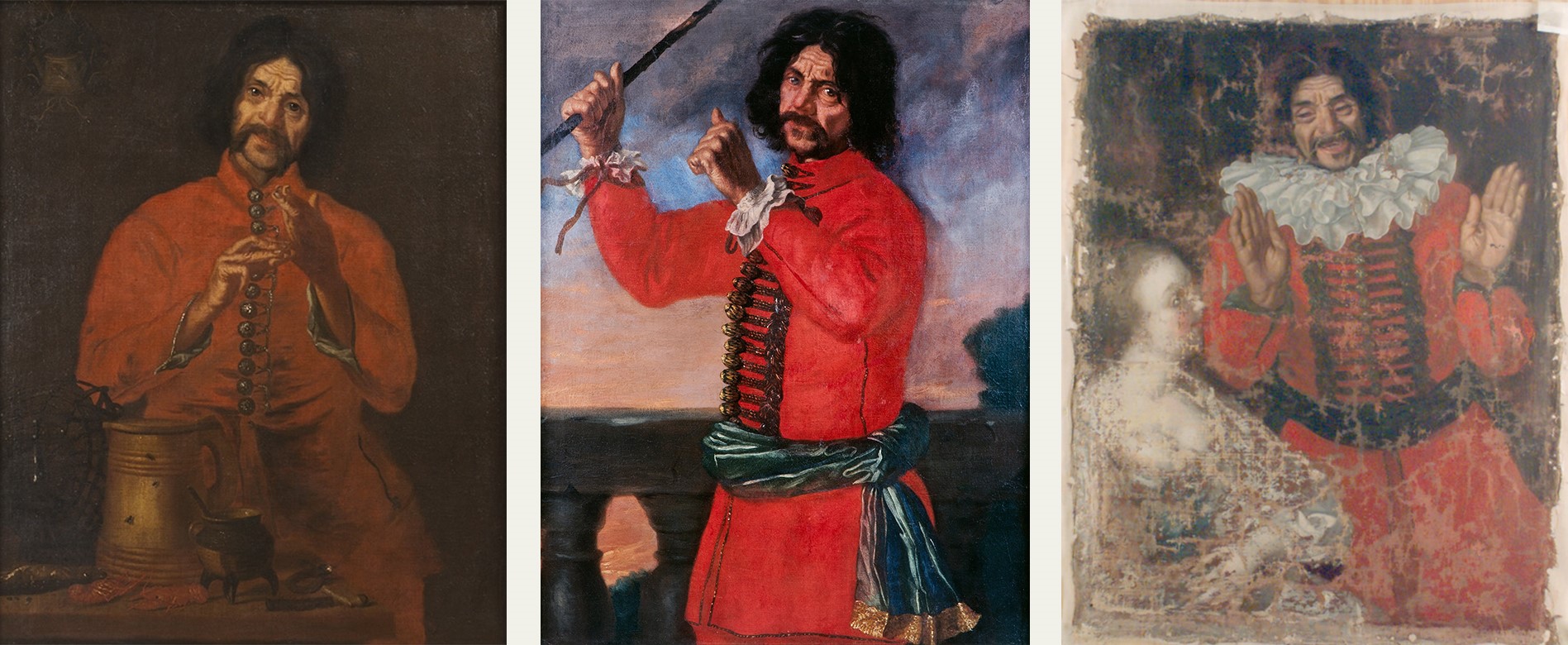
Another of Wrangel’s staff was also portrayed. The short music conductor Gabriel.

